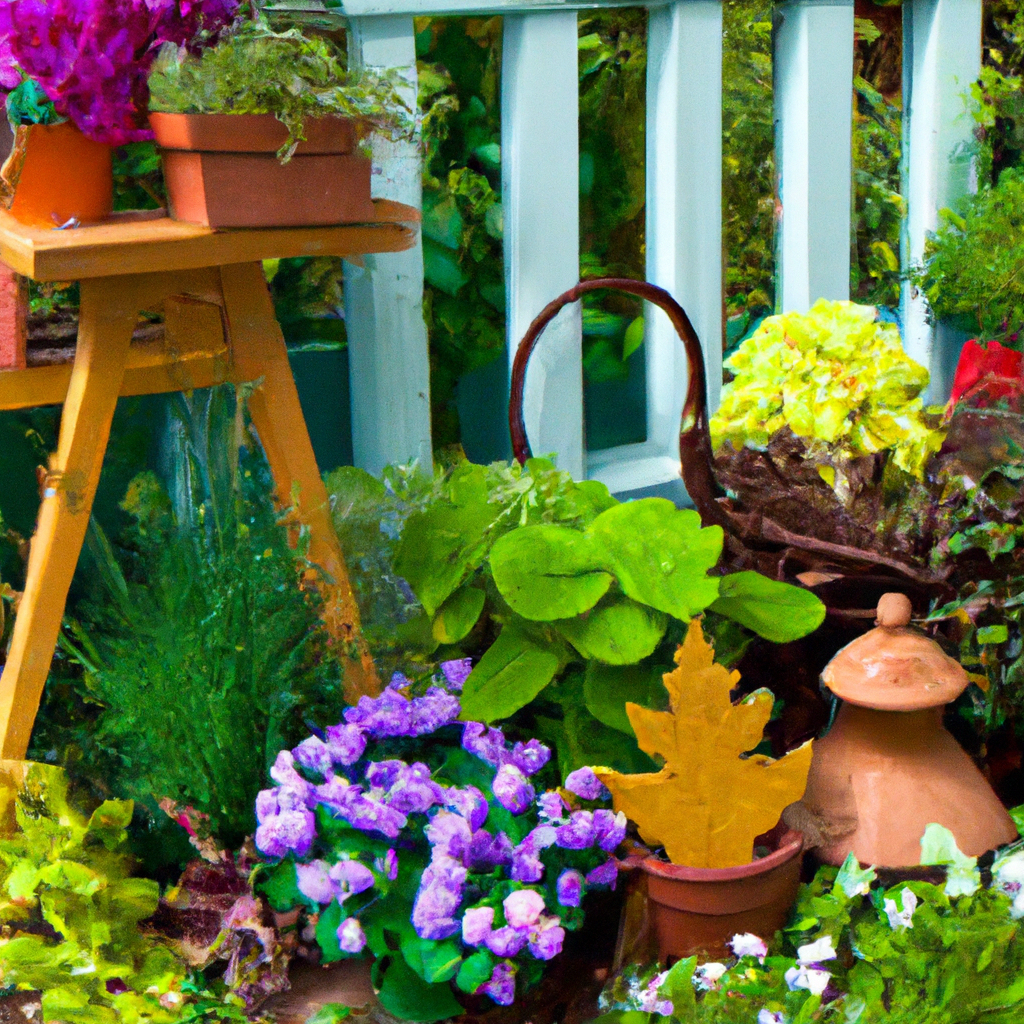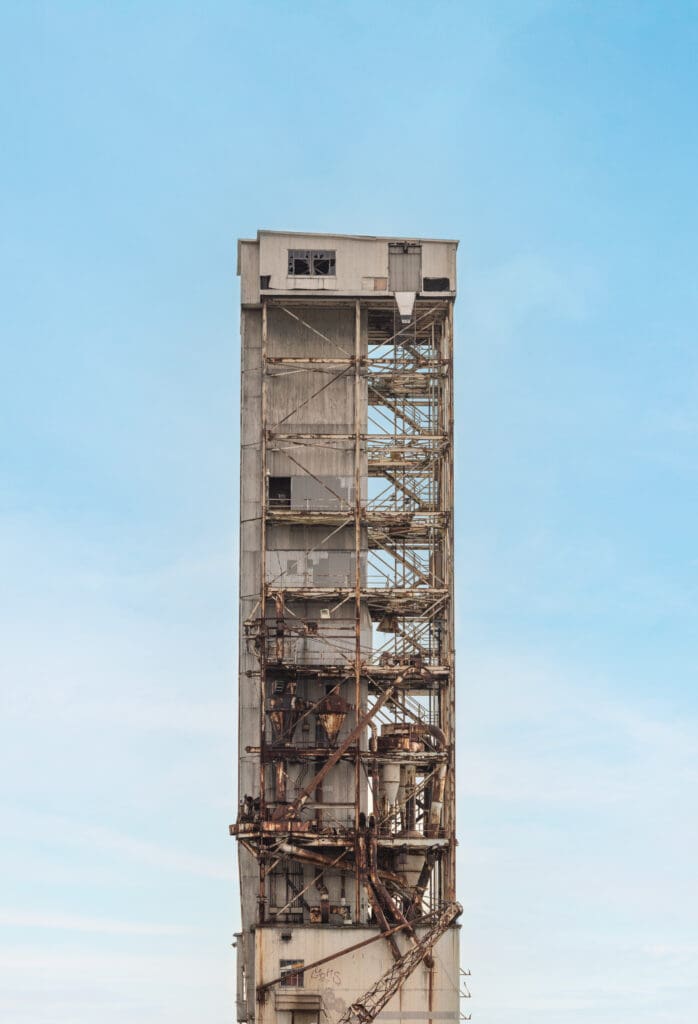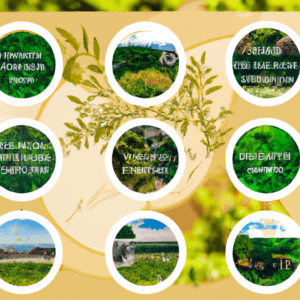Transforming your small urban space into a flourishing garden retreat is easier than you might think. In this article, we’ll show you how to maximize the potential of your limited outdoor area, whether it’s a balcony, rooftop, or tiny backyard. With a few clever design choices, the right plant selection, and some helpful tips, you’ll be able to create your own urban oasis, where you can reap the rewards of a productive and beautiful home garden.
Choosing the Right Plants
Considering space limitations
When choosing plants for your small space garden, it’s essential to consider the limitations of the area you have available. Take into account the size of your balcony, windowsill, or indoor space to determine the type and number of plants you can accommodate. If you have limited space, opt for plants that don’t require much room to grow, such as compact varieties or those that can be trained to grow vertically.
Selecting plants based on sunlight needs
Another crucial factor to consider when choosing plants is their sunlight requirements. Evaluate how much sunlight your small space receives throughout the day and select plants accordingly. Some plants thrive in full sun, while others prefer partial shade. By choosing plants that match your available light conditions, you can ensure they will grow and flourish in your space.
Choosing plants that thrive indoors
If you have limited outdoor space or want to bring some greenery indoors, it’s important to select plants that thrive in indoor environments. Look for varieties that are known for their ability to thrive in low light conditions or can tolerate the dry air typically found indoors. Popular indoor plants include pothos, snake plants, and peace lilies, all of which are relatively low-maintenance and visually appealing.
Exploring vertical gardening options
Vertical gardening is an excellent solution for maximizing small spaces. By utilizing vertical surfaces such as walls, trellises, and support structures, you can grow plants upward, saving valuable floor space. Consider installing vertical gardens or using hanging planters to create an impressive vertical display. This technique not only maximizes your available space but also adds a unique and visually appealing element to your home garden.
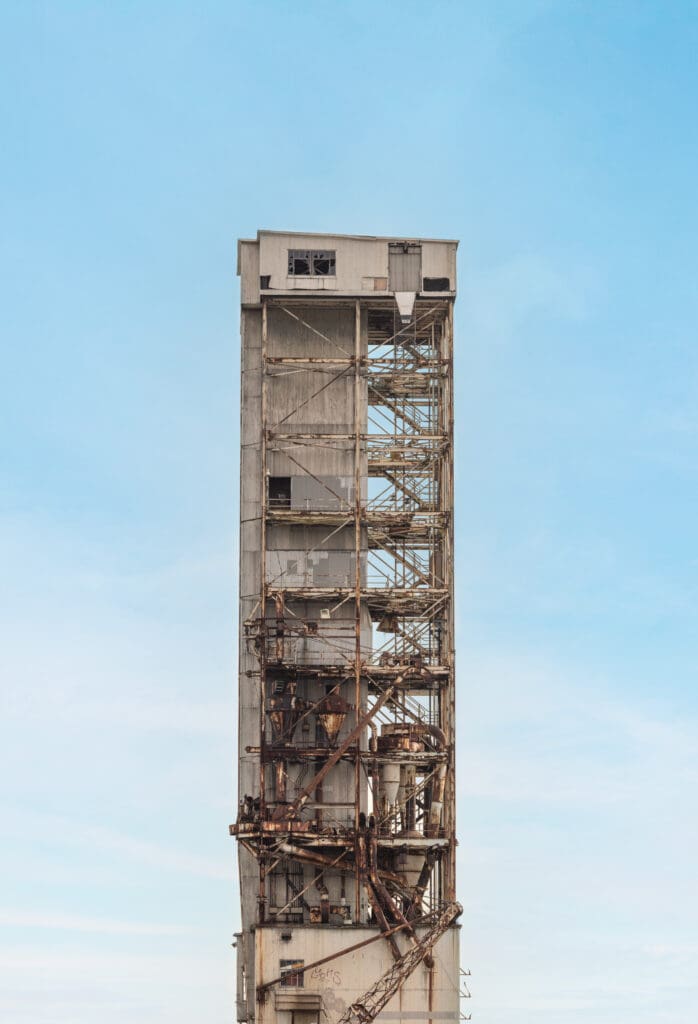

Maximizing Vertical Space
Using hanging planters
Hanging planters are an effective way to utilize vertical space while adding a touch of beauty to your small garden. Consider hanging planters from ceilings or hooks, both indoors and outdoors, to create a stunning display of cascading plants. You can opt for traditional hanging baskets or get creative with macrame or other unique designs. Hanging planters are perfect for trailing plants like ivy or ferns, adding a lush and inviting atmosphere to your small space.
Utilizing trellises and support structures
Trellises and support structures provide a vertical growing space for plants that climb or vine. Install trellises against walls or fences to create a stunning backdrop for your garden. Train plants like tomatoes, cucumbers, or climbing roses to grow vertically along these structures, saving valuable ground space. By utilizing trellises, you not only maximize your garden’s productivity but also create a beautiful and eye-catching feature within your small space.
Growing plants on walls with vertical gardens
Vertical gardens, also known as green walls or living walls, are an innovative way to grow plants on walls and vertical structures. By using specialized planting systems, you can create a living work of art that adds beauty and greenery to your small space. Vertical gardens allow you to grow a variety of plants, including herbs, flowers, and even vegetables, all while saving valuable space. These gardens can be installed indoors or outdoors, depending on your specific needs and preferences.
Utilizing shelving and tiered plant stands
Shelving units and tiered plant stands are practical and aesthetic solutions for maximizing vertical space. They provide multiple levels for displaying and organizing your plants, allowing you to make the most of your small space. Arrange plants with different heights and growth patterns on each level, creating a visually appealing and highly productive garden within your limited area. Choose materials that complement your overall aesthetic, whether it be wood, metal, or glass, and enjoy the flexibility and versatility that shelving and tiered plant stands offer.


Container Gardening
Selecting the right containers
Container gardening is a popular choice for small spaces, as it allows you to grow plants in portable containers, making them ideal for balconies, windowsills, or indoor areas. When selecting containers, consider their size, material, and drainage capabilities. Choose containers that are appropriately sized for the plants you want to grow, ensuring they have enough space for their root systems. Opt for containers made of materials like plastic, ceramic, or fabric, as they provide insulation and adequate moisture retention. Make sure your containers have drainage holes to prevent waterlogging, which can lead to root rot and other plant health issues.
Choosing appropriate soil and drainage
The soil you choose for your container garden plays a crucial role in the success of your plants. Select a high-quality potting mix that is well-draining, providing the right balance of moisture retention and aeration. Avoid using garden soil, as it may be too heavy and compact, causing drainage issues. You can enhance the drainage of your container by adding materials like perlite or vermiculite to the potting mix. Additionally, consider placing a layer of small rocks or broken pottery at the bottom of your container to improve drainage.
Arranging plants in containers for maximum productivity
When arranging plants in containers, it’s essential to consider their size, growth habits, and compatibility. Place taller plants towards the back or center of the container and shorter or trailing plants towards the front or edges. This layering technique ensures that all plants receive sufficient sunlight and space to grow without overcrowding each other. Mixing different types of plants in the same container can also help maximize productivity by promoting companion planting, where certain plants benefit from each other’s presence or repel pests naturally.
Maintaining container gardens
Container gardens require regular maintenance to thrive. Water your plants as needed, making sure not to let the soil dry out completely or become waterlogged. Check the moisture level by sticking your finger about an inch into the soil; if it feels dry, it’s time to water. Fertilize your plants regularly with a balanced, slow-release fertilizer or organic compost to provide them with essential nutrients. Monitor your plants for pests and diseases, and take appropriate action if necessary. Prune or trim your plants as needed to maintain their shape and promote healthy growth. Regularly inspect your containers for any signs of wear or damage and replace them as needed.
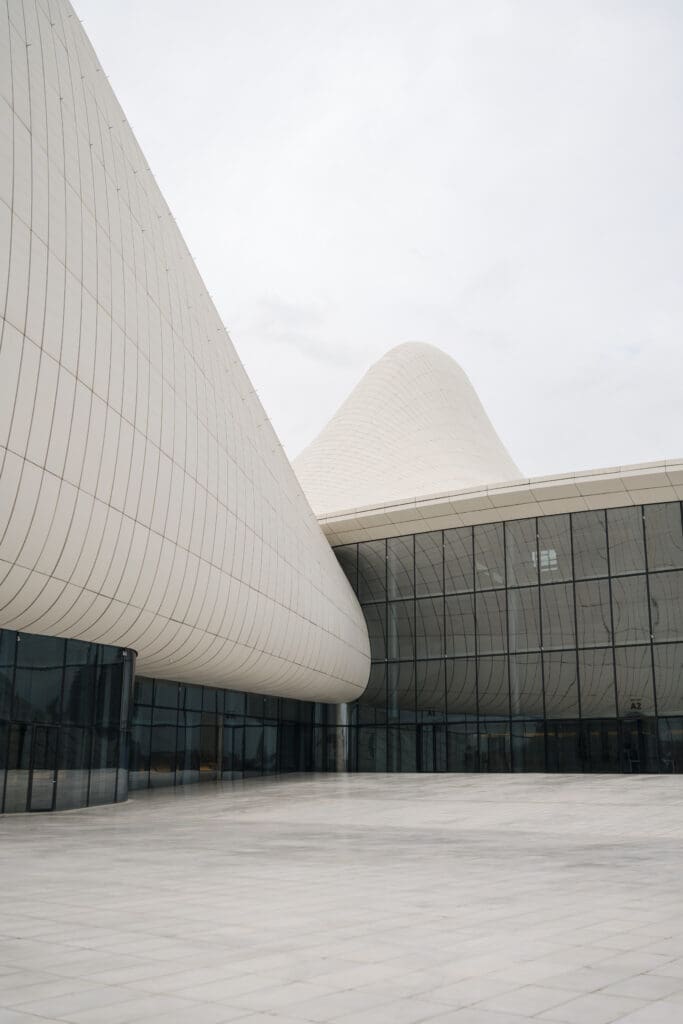

Utilizing Balconies and Windowsills
Creating a small balcony garden
Having a small balcony doesn’t mean you can’t enjoy a garden. With careful planning and creative solutions, you can transform your balcony into a lush and inviting oasis. Start by assessing the available space and determining how much sunlight your balcony receives throughout the day. Consider the size and weight capacities of your balcony to ensure it can support the containers and plants you want to incorporate. Maximize vertical space by utilizing hanging planters, trellises, or vertical gardens. Choose plants that are suitable for balconies, such as compact varieties or those that thrive in partial shade. Add seating or decorative elements to create a cozy and pleasant atmosphere for you to relax and enjoy your balcony garden.
Choosing plants suitable for balconies and windowsills
When selecting plants for balconies and windowsills, it’s essential to choose varieties that can endure the unique conditions of these spaces. These areas are often exposed to strong sunlight, wind, and temperature fluctuations. Look for plants that can tolerate these conditions, such as succulents, herbs, or flowers like marigolds or petunias. Consider the size of your containers and select plants that won’t outgrow their space or become too top-heavy. Take advantage of vertical space by growing climbing or trailing plants that can be trained along trellises or allowed to drape over the edges of your containers, adding a sense of depth and lushness to your balcony or windowsill garden.
Using vertical space on balconies and windowsills
Vertical space is precious in small areas, and balconies and windowsills are no exception. Make the most of your vertical space by utilizing hanging planters, trellises, or vertical gardens. Hang planters from railing hooks or brackets attached to the ceiling, allowing your plants to cascade down and create a beautiful display. Consider installing trellises against walls or attaching them to the railings to provide support for vining plants. You can also create a vertical garden using a specialized system that allows you to grow plants on a vertical structure. By using these techniques, you maximize your available space, add visual interest, and create a lush and vibrant environment in even the smallest of balconies or windowsills.
Watering and caring for plants in such spaces
Watering and caring for plants in balconies and windowsills require a bit of attention and consideration. These areas are often exposed to more elements than indoor spaces, so it’s essential to monitor the moisture levels in your containers regularly. Check the soil moisture by inserting your finger into the soil; if it feels dry up to your first knuckle, it’s time to water. Be mindful of the wind, which can cause the soil to dry out more quickly. Consider using self-watering containers or water-retaining gel crystals to help maintain moisture levels. Protect your plants from extreme heat or cold by providing shade or bringing them indoors if necessary. Regularly inspect your plants for pests or diseases, and take appropriate action to ensure their health and vitality.
